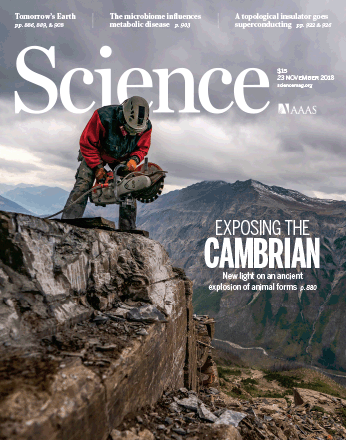Molecular to organismal chirality is induced by the conserved myosin 1D
Science 23 Nov 2018: Vol. 362, Issue 6417, pp. 949-952
DOI: 10.1126/science.aat8642
G. Lebreton1,*, C. Géminard1,†,‡, F. Lapraz1,‡, S. Pyrpassopoulos2,‡, D. Cerezo1, P. Spéder1,§, E. M. Ostap2, S. Noselli1,¶
Author information
1Université Côte D’Azur, CNRS, Inserm, Institut de Biologie Valrose, Nice, France. 2Pennsylvania Muscle Institute and the Center for Engineering Mechanobiology, University of Pennsylvania, Perelman School of Medicine, Philadelphia, PA, USA.¶Corresponding author. Email: noselli@unice.fr
‡ These authors contributed equally to this work.
* Present address: Centre de Biologie Intégrative, Université Paul Sabatier, 118 Route de Narbonne, 31062 Toulouse Cedex, France.
† Present address: Institut de Recherche en Cancérologie de Montpellier (IRCM), Inserm U1194, 208 Avenue des Apothicaires, 34298 Montpellier Cedex 5, France.
§ Present address: Institut Pasteur, 25 Rue du Dr Roux, 75015 Paris, France.
Abstract
The emergence of asymmetry from an initially symmetrical state is a universal transition in nature. Living organisms show asymmetries at the molecular, cellular, tissular, and organismal level. However, whether and how multilevel asymmetries are related remains unclear. In this study, we show that Drosophila myosin 1D (Myo1D) and myosin 1C (Myo1C) are sufficient to generate de novo directional twisting of cells, single organs, or the whole body in opposite directions. Directionality lies in the myosins’ motor domain and is swappable between Myo1D and Myo1C. In addition, Myo1D drives gliding of actin filaments in circular, counterclockwise paths in vitro. Altogether, our results reveal the molecular motor Myo1D as a chiral determinant that is sufficient to break symmetry at all biological scales through chiral interaction with the actin cytoskeleton.

